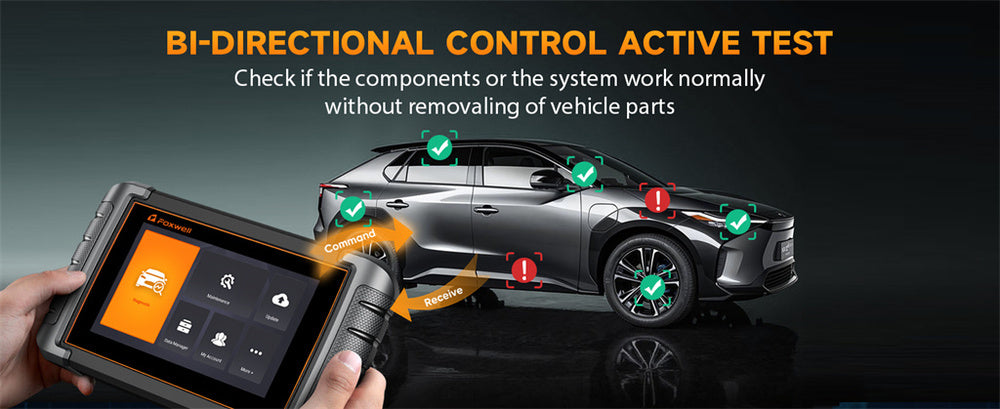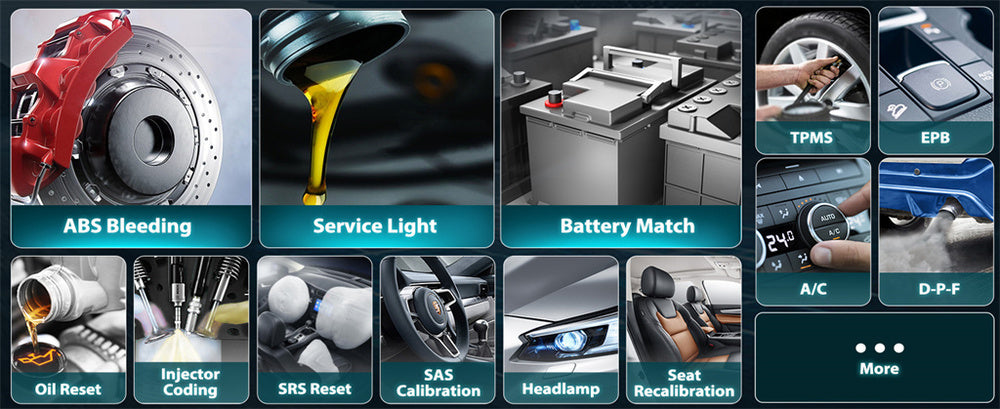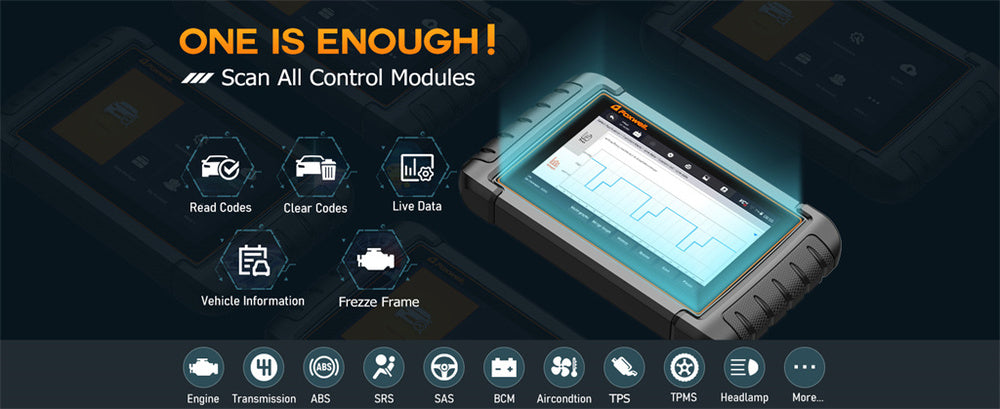So, there you are, driving along, and that little check engine light pops up out of nowhere. Annoying, right? You whip out your trusty OBD-II scanner, get a code, think you’ve got it all figured out, and clear the code… except, it doesn’t go away.
Enter the world of Permanent OBD2 Codes—those stubborn little alerts that just refuse to disappear. What’s their deal, anyway? Let’s dig into it.
Permanent OBD-II Codes: Why Won’t They Just Go Away?

Think of a Permanent OBD-II Code like that friend who insists on staying over for just one more night. Regular trouble codes? They’re polite—they show up, say their piece, and leave when you tell them to. But not these guys. Permanent codes stick around until they’re absolutely convinced the issue is gone for good.
You can’t trick them with a quick battery disconnect or a fancy scanner. Nope, they’re locked in until your car’s onboard computer is sure the problem’s actually fixed. It’s like they’ve got trust issues, and honestly, can you blame them?
They’re mostly looking out for emission-related problems, trying to keep the air clean and your car running right. It’s serious business for them.
What Makes These Codes Show Up in the First Place?
So, what does it take for one of these codes to rear its head? It’s usually not because your car is feeling dramatic.
More like, it’s found something that could affect how your engine burns fuel or manages emissions—stuff that’s pretty important for keeping things running smoothly.
Maybe the oxygen sensor is being finicky, or the catalytic converter is having a bad day. Sometimes, it’s because the engine misfires or some critical sensor isn’t pulling its weight.
And yeah, your car’s onboard computer doesn’t want you sweeping those problems under the rug, hence the whole “permanent” thing. It’s like your car is saying, “I know you’re busy, but seriously, deal with this.”
Can You Clear a Permanent Code? Well, Sort Of…
Here’s the million-dollar question: can you get rid of a permanent OBD-II code? The short answer? Sure, but only if you play by the rules. It’s not as easy as just hitting reset.
First, you’ve got to actually fix whatever triggered the code in the first place. Replace that faulty sensor, address the misfire, clean out that gunky part—whatever it takes.
Then comes the part where your car gets to play detective. It’ll run through a bunch of self-tests called “drive cycles.” Picture your car doing a little check-up on itself—accelerating, cruising, idling—making sure that the problem is really, truly gone.
If everything checks out, then, and only then, the code will disappear. It’s a bit of a process, like waiting for a very thorough friend to double-check everything before they leave the party.
If you’re serious about figuring out what’s going on, a diagnostic tool like the Foxwell NT809 can be a lifesaver here.
This advanced scanner goes beyond basic code reading; it gives you detailed insights, not just about the code itself but about the health of various vehicle systems.
With its live data and graphing capabilities, you can track specific components through the drive cycle to make sure everything’s working as it should. It’s like having a virtual car doctor on hand to help you check things off before that code finally disappears.
Clearing Up the Misconceptions
You’d be surprised how many myths are floating around about these codes. For example, a lot of people think you can just disconnect the battery and poof, it’s gone. Sorry, but these codes are too smart for that. They’re tucked away in the computer’s memory, and a little battery reset won’t fool them.
Or there’s the idea that any scan tool can zap them away. Nope! Even the fanciest tool won’t help if the problem hasn’t been genuinely fixed.
And you probably don’t want to ignore them either—what’s the worst that could happen? Well, failing an emissions test, for starters. And if it’s a bigger issue, you could end up causing more damage (and costing yourself more cash) down the line. Trust me, those codes don’t play around.
So, When Should You Call in the Pros?
You might be a DIY hero, but sometimes, it’s just easier (and less stressful) to hand things over to a mechanic. Like, if you’re completely lost on what’s causing the code or you’ve tried everything and that little warning light just won’t budge. Or, you know, if there’s an emissions test around the corner and you really don’t want to fail it.
A good mechanic has the right tools, knows the ins and outs of these codes, and might just save you a ton of time and frustration.
Plus, they’ll have access to diagnostic equipment that even advanced scanners like the NT809 can’t fully match, helping you nail down the exact problem instead of playing the guessing game.
Conclusion
So, yeah, Permanent OBD-II Codes can be a hassle. But they’re not just there to make your life difficult—they’re designed to keep your car honest and in tip-top shape. Next time you run into one, don’t panic. Think of it as your car’s way of saying, “Let’s make sure everything’s running smoothly before we move on, okay?”
Take care of the problem, give your car the time it needs to verify the fix, and maybe, just maybe, you’ll keep that check engine light from becoming a permanent part of your dashboard decor. And if you get stuck, remember, it’s okay to ask for help.
FAQs
Will a permanent code fail emissions?
Yes, a permanent code can cause your vehicle to fail an emissions test since it indicates an unresolved issue related to emissions or engine performance.
How do I remove permanent vehicle codes?
To clear a permanent code, you must fix the underlying issue. Then, complete the required “drive cycles” to allow the car’s onboard computer to verify the repair and automatically clear the code.
How long do permanent codes take to clear?
It varies depending on the issue and the drive cycles. Once the repair is confirmed, it may take a few drive cycles with specific conditions (e.g., cold starts, idling, highway speeds) for the code to clear.




Leave a comment
This site is protected by hCaptcha and the hCaptcha Privacy Policy and Terms of Service apply.